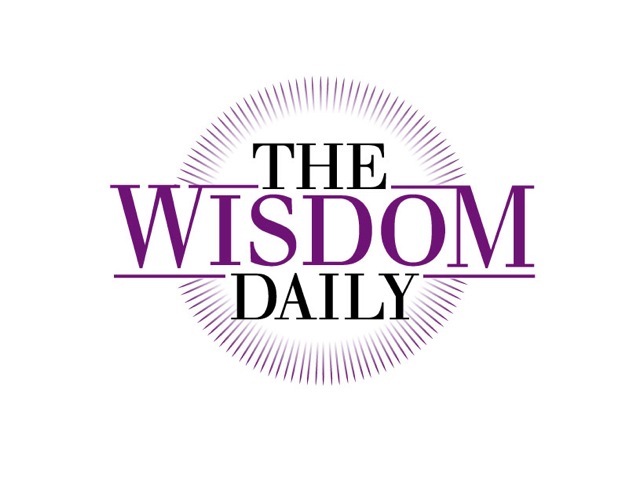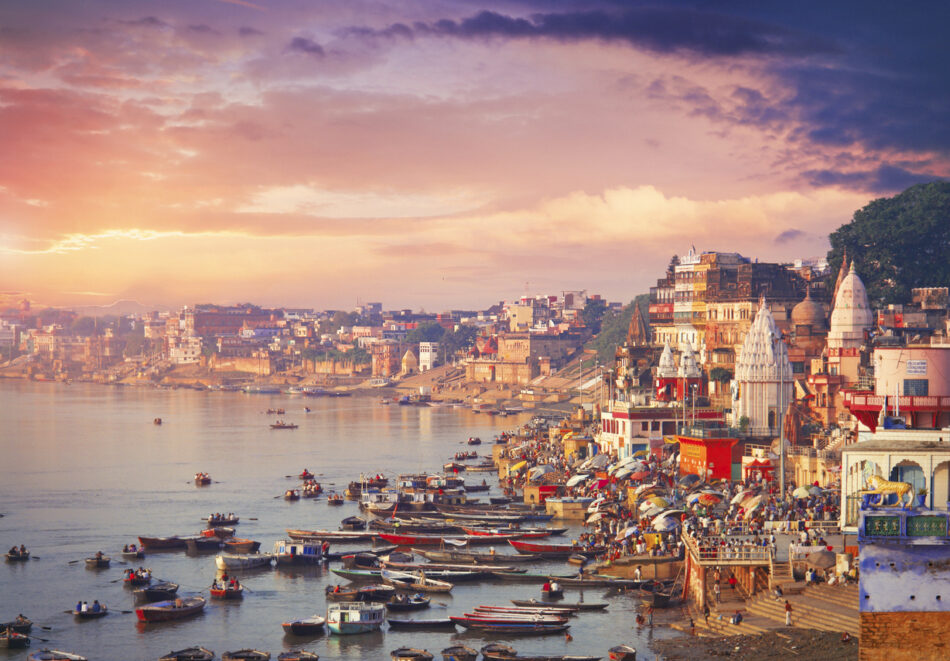A man travels to the Indian holy city of Benares, seeking holiness. When he gets there, he is overwhelmed by the sheer number of temples and shrines, and not at all certain which is the holiest among them. He approaches an incredibly old monk, telling him that he is seeking the holiest place in this holy city. The monk quickly points to a golden-domed temple in the distance and tells the visitor that is the spot. The monk explains that accessing the temple requires a variety of rituals and following many rules, all of which help to embody the holiness of the place and the values for which it stands. Failure to follow the rules down to the last detail means the visitor may not enter the sacred shrine.
The man is a bit surprised, and even a little put off, especially since he never really equated holiness with so many rules. So, as many often do when we receive an answer we don’t totally love, he asked another monk to point him toward the holiest site in Benares, in case asking a different monk would bring him a different answer. The monk placed one hand on the seeker’s shoulder and pointed toward his chest. “That is the holiest site in Benares.” The man was thrilled, and he left Benares, never visiting the temple toward which the first monk had directed him.
This week’s Torah reading suggests that as sweet as that story may be, and as much as many of us may appreciate its insight about where “true holiness” is found, the story paints a picture of a false dichotomy regarding holiness—one we are invited to shatter, to even greater insight and wisdom. This week’s parsha teaches: Were we to ask, “Is the sacred to be found in a rule-filled building or within each of us?” the answer would be, “Yes.”
Most of Parashat Emor is devoted to rules governing the priests who serve in the Tabernacle and, later, the Temple. The stated regulations cover the priests’ bodies and their families, and which sacrifices may be offered by them and by those wishing to worship at the Temple. For many people, the long list of rules is numbing, or even the opposite of sacred. Some might even go so far as to say that it all sounds rather pagan. I would not, but I appreciate that response, all the same.
In fact, I think that there are times when all of that structure and regulation is essential to finding and nurturing the sacred. Whether the rules governing a certain holy place or the rules that we agree to observe in all sorts of settings, those rules can seem totally arcane, and even upsetting, to outsiders, but they are critically important to those “playing the game.” Part of the power of ritual—be it religious ritual, family ritual, athletic ritual, or any of the other parts of our lives that have their own rituals—is its rigor. And even when some of the details are annoying, we all know that there is a certain kind of liberation found in giving ourselves over to them. That is the wisdom of the first monk in our story, and the insight of most of this week’s Torah reading.
But, it is not the only wisdom.
The first wisdom invites and even demands a balancing wisdom—a counter-wisdom, if you will. That wisdom is the one of the second monk: that the sacred is within us, and its presence in the world depends entirely upon our knowing that and declaring it.
Not once, but twice—in Leviticus 23:2 and again in 23:4—in the middle of all these externalized regulations, the Torah declares in reference to the holidays, “These are the holidays of God, which you [the people] are to declare at their time; these as you declare them are my holy times.” And if the meaning is in doubt, the Sages clarify it a thousand years later in the Mishna by explaining, “I [God] have these holy times—these and no others.” In other words, the sacred is to be found where we say and when we say, because we have that within us. That is the insight of the seeker’s encounter with the second monk. Parashat Emor suggests that the two insights are inextricably linked and interdependent.
Ultimately, we are all looking for some experience of whatever we mean by sacred. This week, we can celebrate that even as there are many places that are sacred and many definitions of what sacredness is, we can all benefit from both these tools in finding the sacredness we seek: looking outward and looking inward, knowing that the answer is yes, to both of them.

